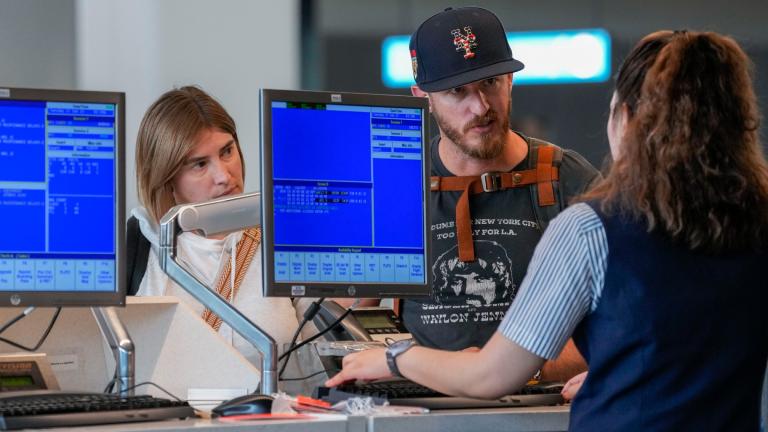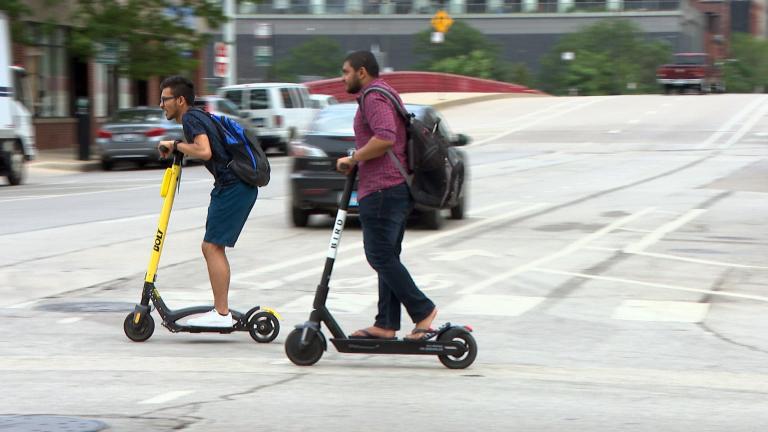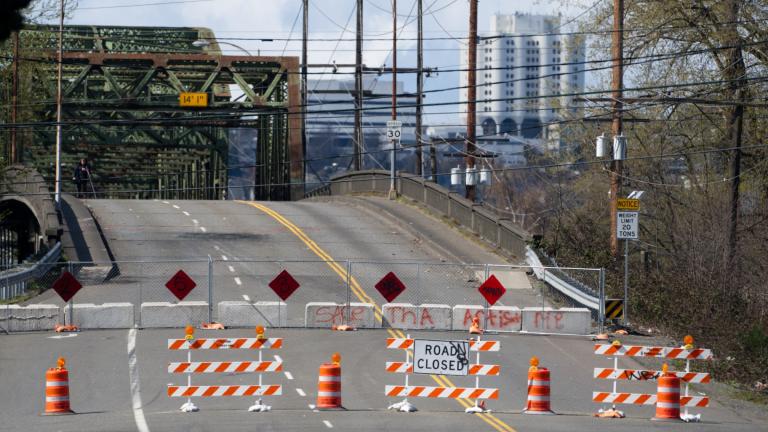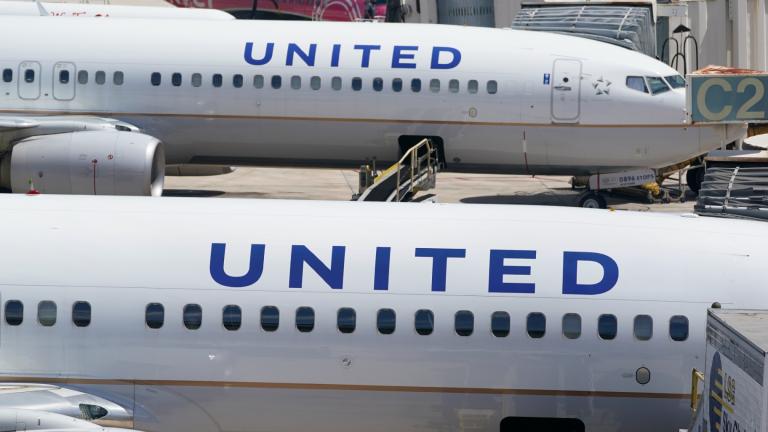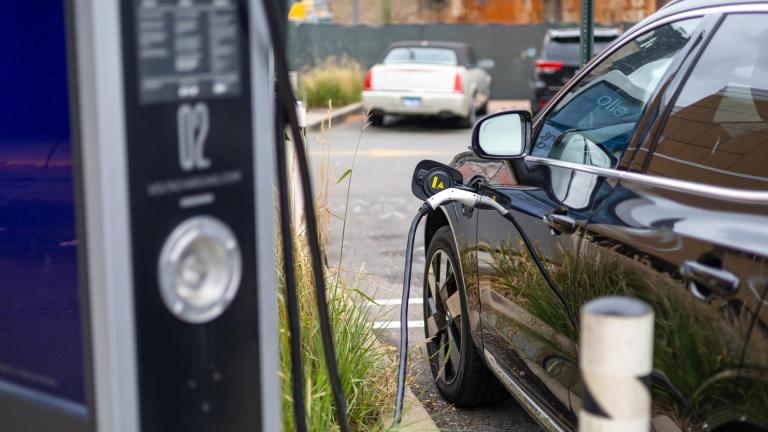The city of Chicago’s failure to make its signalized crosswalks accessible for blind and low-vision pedestrians violated federal law, a judge has ruled.
The city was hit with a lawsuit over its overwhelming lack of accessible crosswalks in 2019. The lawsuit in 2022 became a class action covering the estimated 65,000 adults in Chicago with a vision-related disability.
Federal Judge Elaine Bucklo agreed with the plaintiffs and the U.S. Department of Justice last week that the “miniscule portion” of signalized crosswalks the city has outfitted with accessible pedestrian signals violates the Americans with Disabilities Act and Section 504 of the Rehabilitation Act.
“Federal law offers people with visual disabilities the promise of full participation in community life, and safely navigating city streets is a critical part of that,” Assistant Attorney General Kristen Clarke of the Justice Department’s Civil Rights Division, which intervened in the case on behalf of the plaintiffs, said in a press release. “We will continue pushing for a remedy that fully addresses the discrimination faced by blind people in Chicago.”
Accessible pedestrian signals (APS) use audio cues to help people who are blind or have other vision disabilities know when it’s safe to cross.
In the absence of APS, blind pedestrians instead listen for traffic parallel to them to start moving, indicating a green light and a walk signal. But in a noisy environment like Chicago, listening for parallel traffic isn’t a sure bet.
“We are thrilled the court agreed with us that the city has a legal obligation to make signalized intersections accessible to the blind,” said attorney Jelena Kolic of Disability Rights Advocates, who represented the plaintiffs. “I think the decision will have a big impact on the city’s streetscape and infrastructure for years to come.”
“The city will become vastly more accessible than it was previously,” Kolic said, arguing it’s a boon not just to blind and low-vision pedestrians, but also to sighted people who may be distracted.
Last March, the Chicago Department of Transportation told WTTW News it was planning to install about 150 accessible pedestrian signals in 2022 and 2023. As of January, only nine of those signals were actually up and running — and only eight of them are new, since one of those installations was an upgrade to an older signal.
“I’m afraid to cross the streets. The pandemic has actually increased that feeling because I, for one, have lost a lot of the blindness skills that I had before the pandemic,” Ann Brash, one of the lead plaintiffs in the lawsuit, told WTTW News in January. “You need to do them every day in order to keep current.”
Kolic said the plaintiffs haven’t spoken to the city since the ruling, so the timeline for upgrading Chicago’s intersections is unclear.
“I expect that the next step here will be a long and extended discussion … to come up with a remedial program, so to speak, that will basically be a blueprint for how the city can rectify the fact that its signalized intersections are not accessible,” Kolic said.
Kolic hopes the Chicago win, and a victory in a similar case her colleagues filed in New York, will demonstrate the importance of accessible intersections to cities around the country.
“This is now yet another court that has recognized that there is an obligation under the law to account for blind people and people who are low vision when signalizing pedestrian intersections,” Kolic said. “I do hope and believe that other cities will take notice and will plan accordingly.”
Accessible pedestrian signals will also be a benefit to people who are sighted now but experience vision loss in the future.
“As we are living longer, older adults are at increasing risk for age-related vision loss,” said Julie Tye, president of Hadley, which helps adults – particularly older adults – learn how to navigate a new vision disability. “The number of people who are significantly visually disabled is expected to double in the next 25 years or so, from about seven or eight million now to as much as 15 million.”
A spokesperson for Chicago’s Law Department said the city does not comment on ongoing litigation.
Note: This article was updated on April 7 with additional comment and an updated number of Chicagoans with a vision-related disability.
Contact Nick Blumberg: [email protected] | (773) 509-5434 | @ndblumberg

